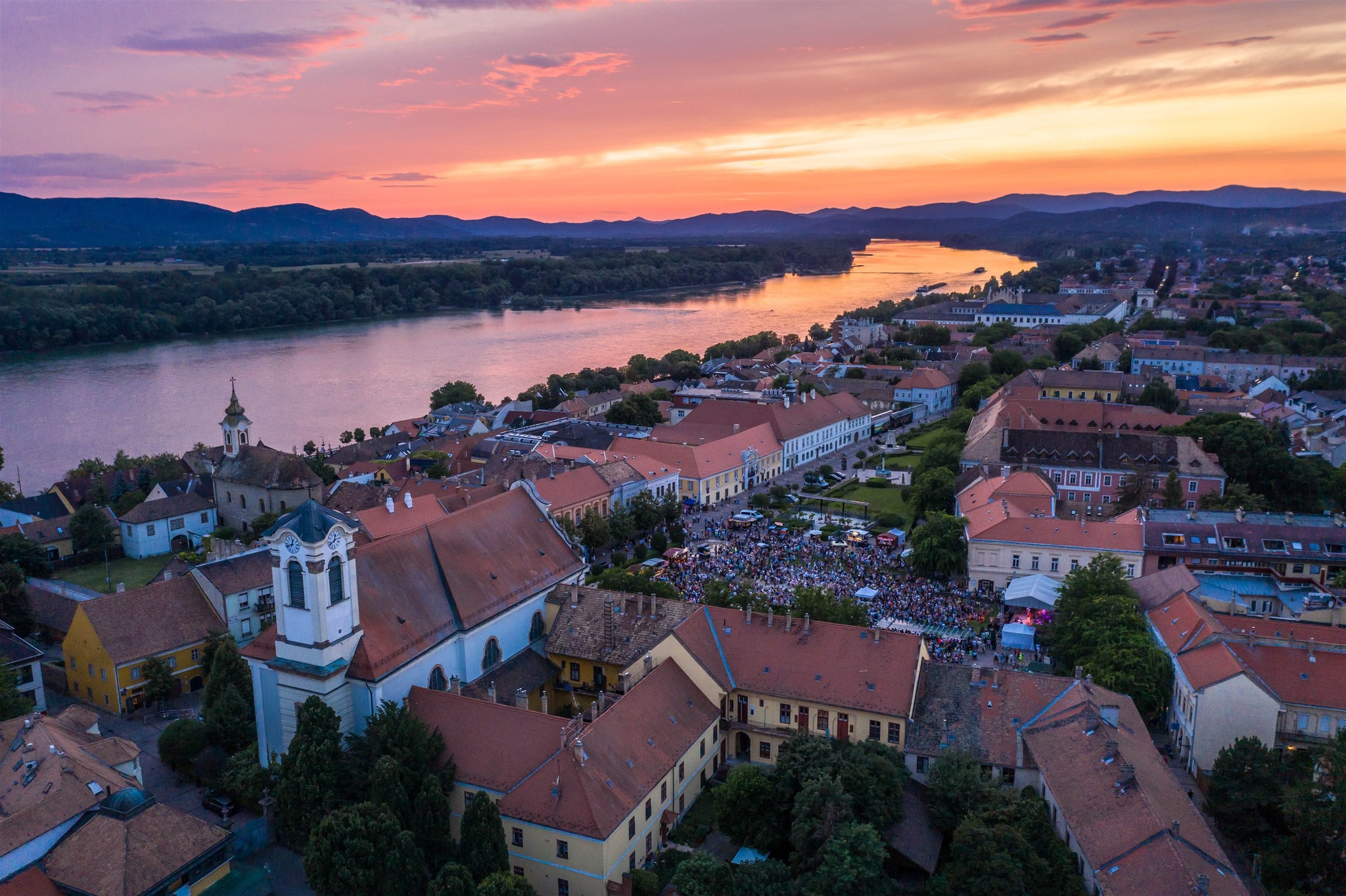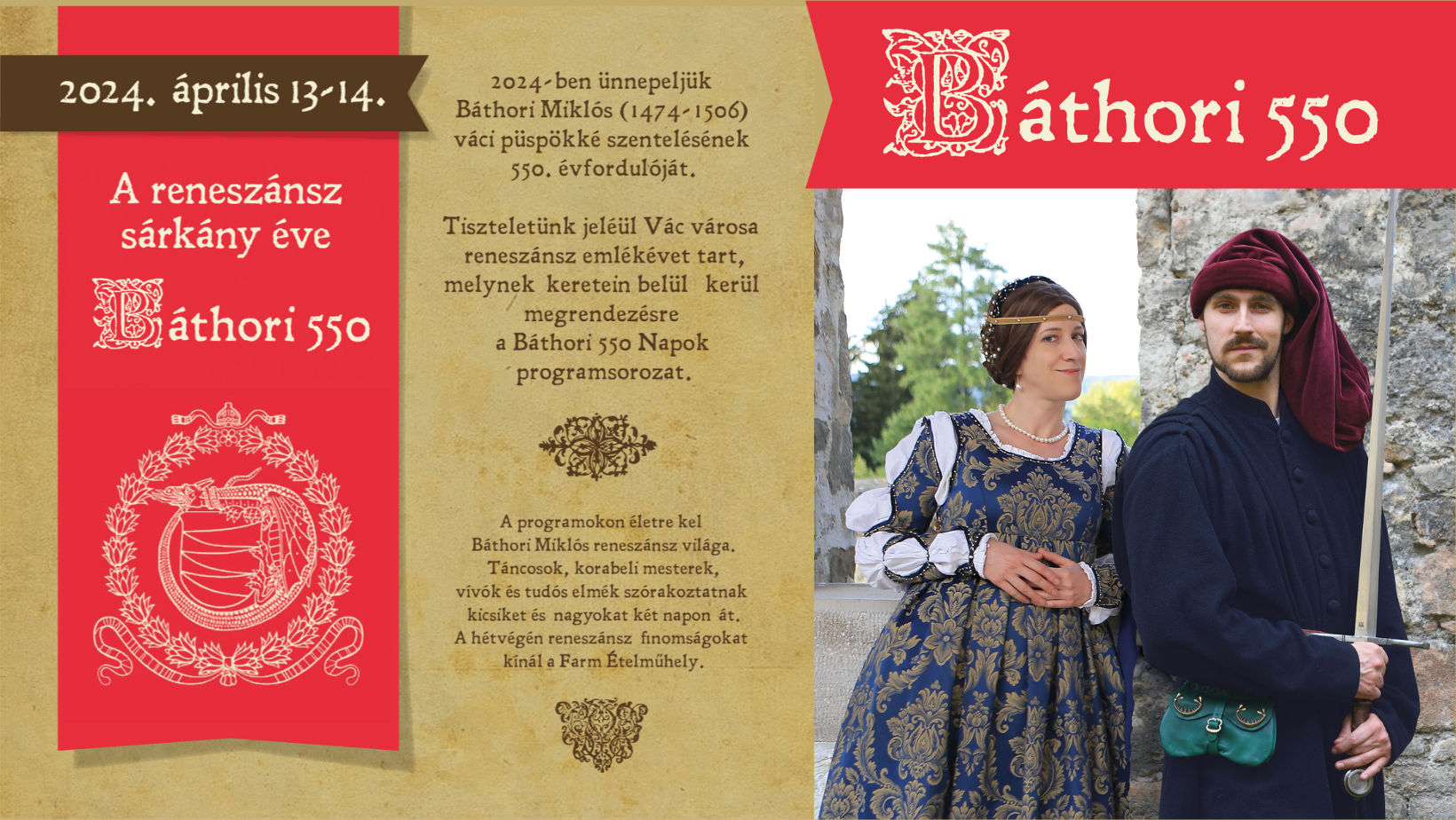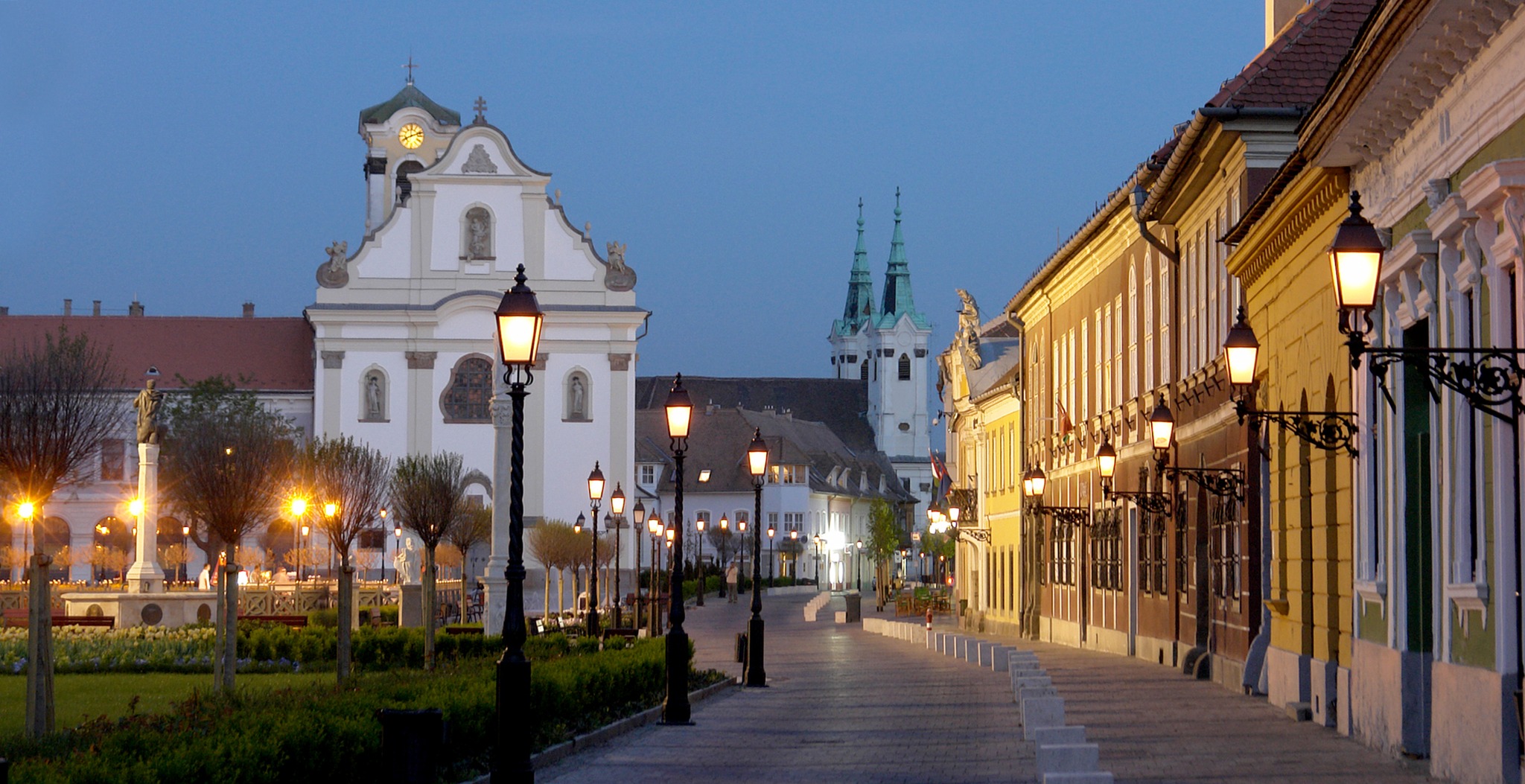
In recent months, archaeologists in Jászberény have had the opportunity to examine treasures of unparalleled value.Continue reading

The Renaissance commemorative year kicks off in Vác (near Budapest) on Saturday, with a month-long series of events including a temporary exhibition on the period, gastronomic programs, traditional demonstrations, and craft activities.
Ágnes Kelecsényi, Managing Director of the Vác and Surroundings TDM, said that the event is being organized to mark the 550th anniversary of the episcopal ordination of humanist Miklós Báthori, who established a Renaissance center in Vác that rivaled the court of Matthias Corvinus (1458– 1490).
The month-long program aims to give visitors a glimpse of the town’s 15th and 16th century heyday,
the work of Miklós Báthori, who was a fan of Italian arts, sciences, and crafts, the Renaissance buildings of Vác, which are now only fragments of the original, and a comprehensive picture of the gastronomy, entertainment, and weapons of the period.

Photo via Facebook/Visit Vác
The commemorative year starts this weekend with the 550 Báthori Days. The main venue of the two-day program will be the “Elephant” House and “Pannonia” House of the Ignác Tragor Museum, where an exhibition entitled “The Renaissance Dragon – Bishop Miklós Báthori and his Age” will open on Saturday.
Dancers, fencers, and scholars will entertain visitors. Children can learn about the world of the Renaissance through creative activities, storytelling, and discovery games. Visitors can also try some of the delicacies of the period.
As Kelecsényi explained, Miklós Báthori was a member of the so-called Ecsed branch of the Báthori dynasty, and like his ancestors, the legendary dragon appears on his coat of arms.

The Báthori coat of arms. Photo via Wikipedia.
According to the story, a dragon lived in the marsh of Ecsed in the eastern part of the country, and it was during the reign of Stephen I of Hungary (997-1038) that a warrior called Opos, who was considered to be an ancestor of the family, defeated the dragon of the marsh, and as a testimony of his deed he broke the dragon’s three teeth. According to legend, the Báthori coat of arms was formed from those three dragon teeth.

Photo via Facebook/Visit Vác
For details of the program, please visit www.visitvac.hu.
On March 17, 1241, the population was massacred by the Mongol invasion, and the Mongols set up camp there. Later in 1241, after the Mongols left, Vác was rebuilt and German settlers were invited to the town. In 1541, the town was conquered by the Ottoman Empire. During the Habsburg Monarchy’s wars against the Ottomans, the Austrians defeated the Turks in 1597 and 1684 in Vác. After the Great Turkish War (1683-1699), Vác was rebuilt and repopulated. In World War II, Vác was captured by Soviet troops of the 2nd Ukrainian Front during the Budapest Offensive on December 8, 1944.
Via MTI; Featured image via Facebook/Visit Vác